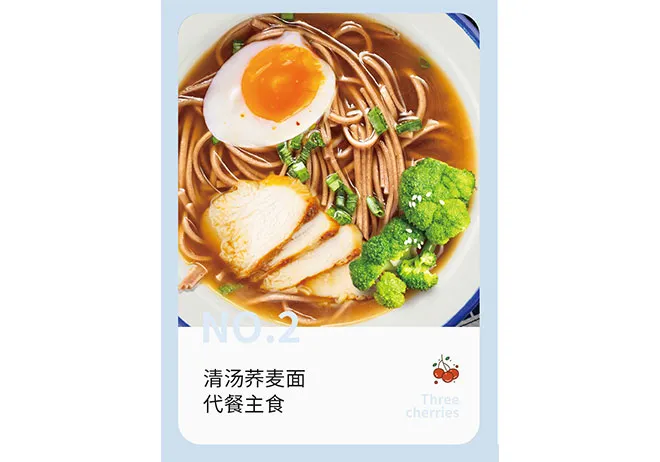Exploring Different Varieties of Naengmyeon Noodle Dishes
Exploring the Types of Naengmyeon A Refreshing Korean Delicacy
Naengmyeon, a traditional Korean dish, is a delightful cold noodle soup that has gained immense popularity both in South Korea and around the world. With its refreshing taste and diverse variations, naengmyeon is particularly enjoyed during the hot summer months, providing a cool respite from the heat. This article explores the different types of naengmyeon, highlighting their unique characteristics, ingredients, and the cultural significance they hold in Korean cuisine.
1. Bibim Naengmyeon (비빔냉면)
Bibim naengmyeon is a spicy and tangy variant of the dish, where the cold noodles are mixed with a robust red chili pepper paste known as gochujang. The dish is often garnished with julienned cucumbers, sliced boiled eggs, and sometimes even pear for a touch of sweetness. The combination of heat from the chili paste and the crunch from the vegetables creates a vibrant and satisfying meal. This version of naengmyeon is not served in a broth but rather as a colorful, salad-like dish, making it a popular choice among those who enjoy bold and spicy flavors.
2
. Mul Naengmyeon (물냉면)In contrast to bibim naengmyeon, mul naengmyeon is served in a refreshing chilled broth made from beef stock, usually garnished with slices of cold beef, pickled radish, and sometimes a boiled egg. The broth is light and slightly tangy, often flavored with vinegar and mustard, providing a perfect balance to the chewy texture of the noodles. Mul naengmyeon is an excellent choice for those looking for a more traditional and mild flavor profile, as the cold soup is incredibly refreshing and hydrating during hot weather.
3. Suyuk Naengmyeon (수육냉면)
A variation closely related to mul naengmyeon, suyuk naengmyeon features slices of boiled pork or beef served alongside the cold noodles in the broth. The meat is typically prepared using a slow-cooking method to ensure tenderness and flavor. Suyuk naengmyeon is privileged for its hearty and wholesome aspects, combining the richness of the meat with the refreshing qualities of the chilled broth and noodles. This variation is less common than the previous two but highly appreciated for its added protein element.
types of naengmyeon

4. Chogye Naengmyeon (쵸계냉면)
Chogye naengmyeon is a lesser-known but intriguing type of naengmyeon that uses chicken as its primary protein. In this version, the cold noodles are served with shredded chicken, often marinated in a delicate sauce. The dish is typically complemented with a light, chilled broth, making it a satisfying yet lighter option. Chogye naengmyeon is not just delicious; it also symbolizes comfort and nourishment in Korean culture.
5. Sliced Pear Accompaniment
A common feature across all types of naengmyeon is the addition of sliced Korean pear, which adds a sweet crunch that balances the savory elements of the dish. The pear's refreshing flavor enhances the overall dining experience and is a cultural nod to the Korean tradition of pairing sweet fruits with savory dishes.
Cultural Significance
Naengmyeon is more than just a meal; it carries cultural significance in Korea. Often enjoyed during celebrations or shared among family and friends, it represents togetherness and good health. The dish is particularly popular during the Korean summer festival, Chuseok, when families gather to celebrate the harvest.
In conclusion, naengmyeon offers a delightful journey through Korea’s culinary landscape, showcasing a variety of flavors and textures that cater to both the adventurous and the traditional palates. Whether you prefer the spicy kick of bibim naengmyeon or the soothing chill of mul naengmyeon, this dish is sure to provide a refreshing escape from the heat, making it a beloved staple in Korean cuisine.
-
Unleash Your Inner Chef with Delectable Italian Pasta CreationsNewsAug.01,2025
-
Savor Health and Flavor: Irresistible Soba Noodles for Sale Await!NewsAug.01,2025
-
Nourish Your Body with Premium Organic Ramen - A Culinary Delight AwaitsNewsAug.01,2025
-
Elevate Your Dishes with Our Exquisite Kinds of Egg NoodlesNewsAug.01,2025
-
Dive into Flavorful Convenience with Our Ramen OfferingsNewsAug.01,2025
-
Discover Exquisite Types of Naengmyeon and Chilled Soba NoodlesNewsAug.01,2025
-
Is Whole Wheat Pasta Healthy?NewsMay.30,2025
Browse qua the following product new the we

















































































































